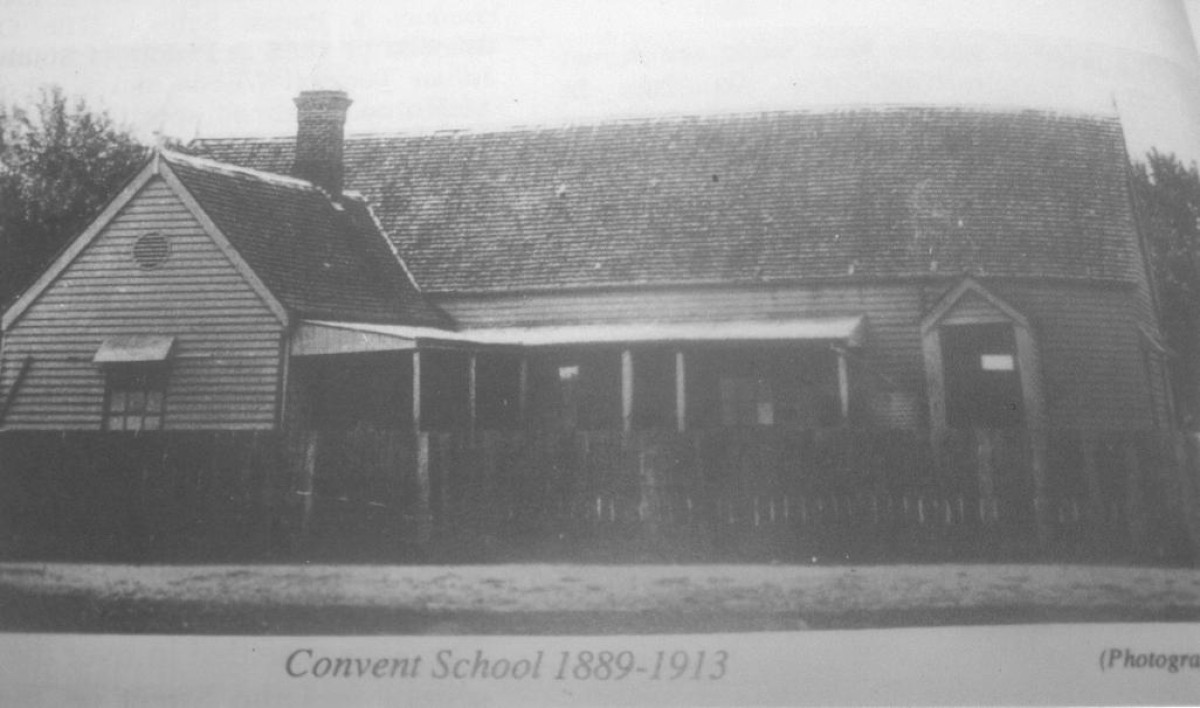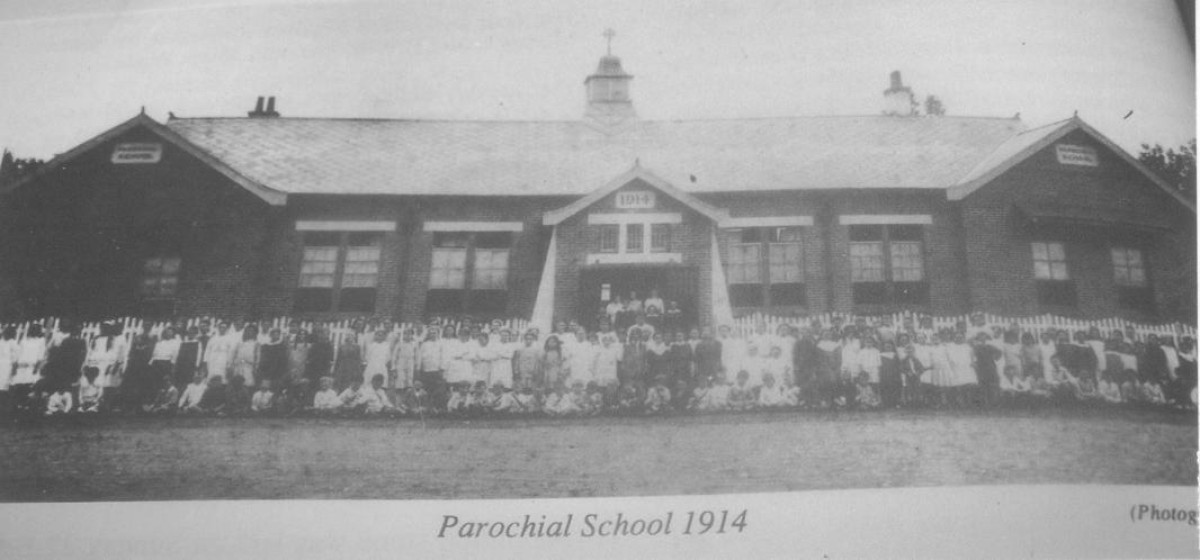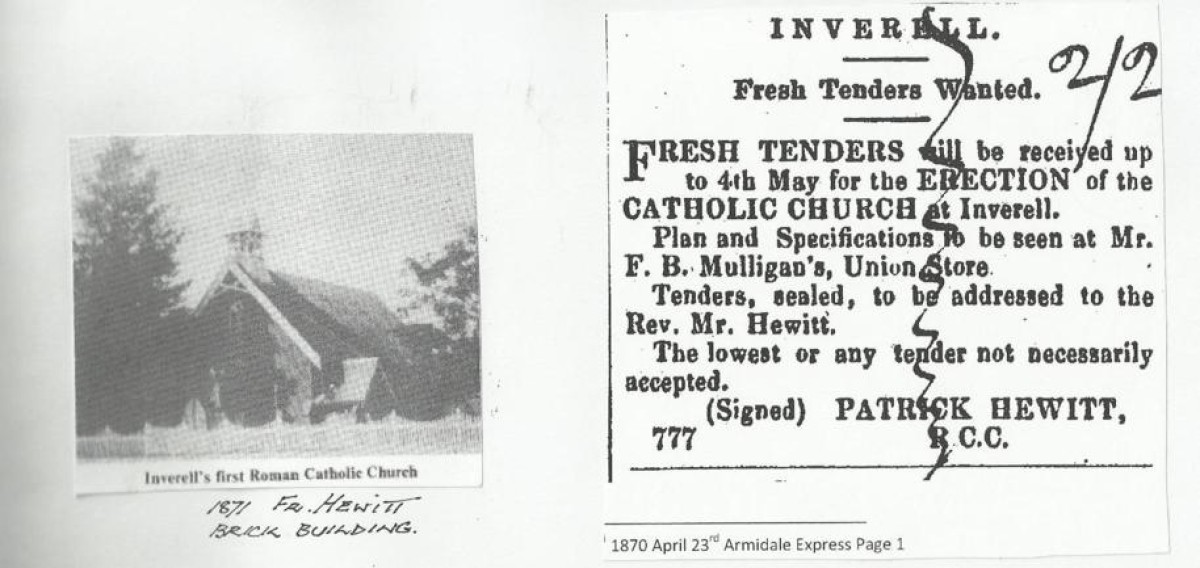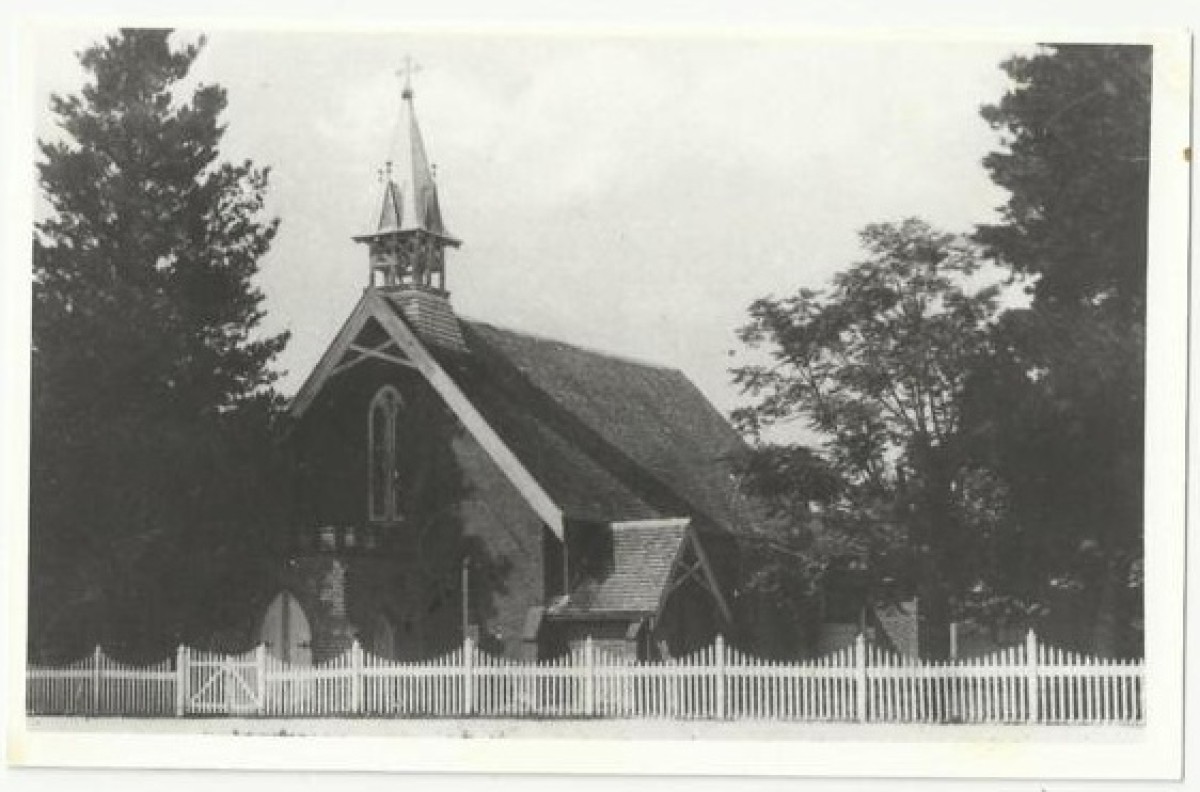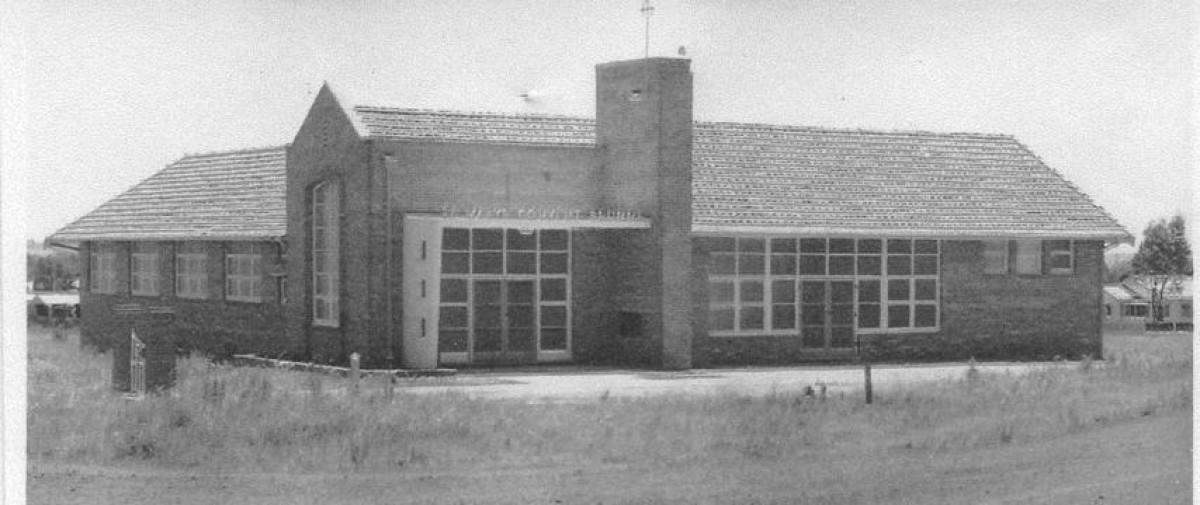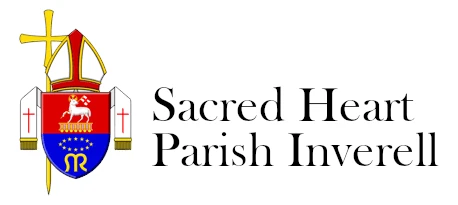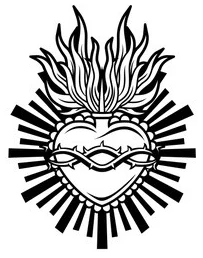History
After the establishment of the Catholic Church in the Sydney area and the first Bishop, Bede Polding OSB, it was in 1838 that Dean Lynch was travelling to the New England area. He rode on horseback over 300 miles from his presbytery in Maitland, visiting all the infant settlements in the area. He visited Byron Station and Newstead where Irish Catholics worked on the vast pastoral leases.
In 1851, Fr Tim McCarthy became the first resident priest at Armidale and the Inverell district was part of his pastoral route. He replaced Dean Lynch and he travelled even further to the border of Queensland.
In 1861, the first public school was established in River Street, Inverell. In that same year a sawn timber Catholic Church was opened at Bundarra but it was another 19 years before a resident priest came to the town. In those years, Fr John Davis conducted Masses and visited homesteads in that locality.
In 1868, Fr Francis Wenceslaus McLaughlin became the first Parish Priest of Inverell. He was only 26 years old and had been ordained the year before. He lodged and kept his horses with Senior Constable Festus John Farnsworth in the police barracks as there was no presbytery as yet. His vast parish in this district took him to Manilla, Goondiwindi, Moree and Wellingrove. Sometimes he travelled by sulky and at other times on horseback through all weathers. Fr McLaughlin became seriously ill at the end of 1868 and died in January 1869 from tuberculosis. His monument is very prominent in the early Catholic portion of the cemetery and he was the first person to be buried in that section.
In April of 1870, tenders were called by Fr G Hewitt for the first Catholic Church in Inverell and John Wilshire Pender, an architect from the Hunter Valley submitted his drawings. Fr Hewitt began raising money to erect the much needed church. By December of 1870 Mr Cheadle was appointed the successful contractor for the new church. On 15th June 1871, Bishop O'Mahony visited Inverell to offer Holy Mass in the almost completed church in Otho Street. There was neither floor nor roof but it seems that the weather was fine as His Lordship delivered a long, impressive and eloquent address to the large congregation. Bishop O'Mahony returned to dedicate and officially open the new church on 20th December 1871. Sadly, Fr Hewitt had been transferred to Sydney, but the new Parish Priest, Fr John Kelly, was there to welcome and host the Bishop.
The Inverell Argus described the new church as "a fine brick building, the interior walls were whitewashed and the furniture made of cedar. It was a credit to the town. Mr Cheadle, the contractor and Mr Hilton, the bricklayer, were praised for their excellent work."
In 1882, a Catholic church was established at Tingha, the first priest being Fr Joannes Pauley who was stationed at Bundarra.
January 1891, saw a Catholic mortuary chapel built in the old Catholic portion of the Inverell Cemetery. It was overseen by Dean Mitchell PP and cost £80. It was said at the time that it was the second Catholic mortuary chapel built in the colony of New South Wales, but there is no verification of this. His Lordship, Rev Dr Torreggiani, Bishop of Armidale, blessed the building.
St David's Catholic Church, Cherry Tree Hill, was opened and blessed in 1892 by Bishop Torreggiani, accompanied by Dean Mitchell, PP of Inverell, and several Sisters of Mercy. The Gothic featured Church was built on Owen McCosker's land.
Dean Mitchell died in October 1893 in St Vincent's Hospital, Sydney, and his body was brought back to Armidale to be interred. His good friend, Bishop Torreggiani, conducted the Requiem Mass in the Cathedral.
In 1897, Mother Mary Benignus Healy died aged 32. She was Mother Superior at the Sacred Heart Convent, Inverell. She is buried in the old Catholic portion of Inverell cemetery in the shadow of the then mortuary chapel.
1900 saw the opening of the boarding school for boys and girls at the convent and this continued until 1962.
This wooden building, staffed by the Sisters of St. Joseph, replaced the original school which was destroyed by a severe storm on December 11, 1888. The Sisters of St. Joseph withdrew to Tingha in December 1890. The Sisters of Mercy commenced teaching in Inverell on January 12, 1891.
In 1914, this brick school replaced the wooden building which became inadequate for the number of students.
A high school was added to the existing buildings in 1930. It consisted of two large brick rooms, parallel to Vivian Street. One room housed First & Second Year and the other Third Year – the Intermediate class.
St Mary’s Ross Hill was officially opened as a School-Church Sunday, Nov 1, 1953 by Bishop Doody. The first intake of students did not take place until first term 1954. The school was built to accommodate sub-primary and infants children living west of the River in order to relieve overcrowding at Sacred Heart School. After completing Year 4, the students moved down to Sacred Heart School. This continued till 1963 when boy students attended Holy Trinity from year 4, girls still stayed at Sacred Heart. In 1969 St Mary’s became an all- girls Primary School from years 4-6. In 1975 the school closed and the pupils transferred to Holy Trinity.
